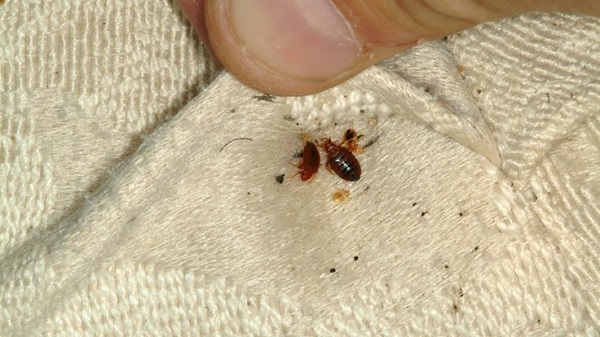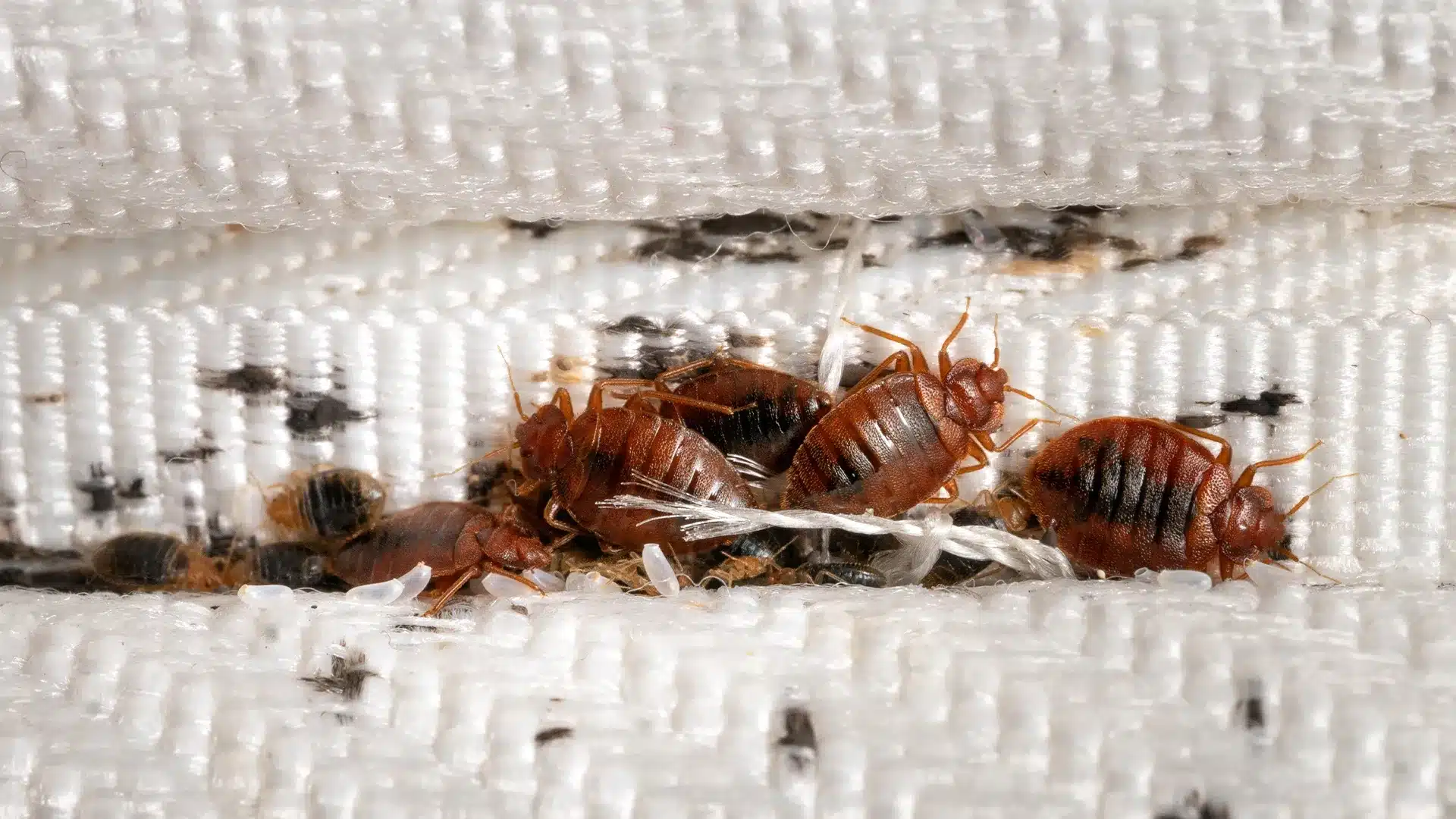Exploring the Scientific Research Behind Bed Bug Warm Treatments as a Lasting Parasite Management Method
In the world of pest monitoring, the mission for lasting and effective services remains a constant search. One such technique that has actually acquired traction over the last few years is making use of warm therapies to battle bed bug infestations. By taking advantage of the science behind thermal death factors for these consistent insects, warm therapies provide a promising option to typical chemical-based methods. The intricacies of exactly how warm effectively eliminates bed pests and the more comprehensive implications for lasting pest administration methods make this a topic worth discovering better.
Bed Insect Warmth Treatment Process

Thermal Death Point for Bed Insects
Subjecting bed pests to elevated temperature levels past their thermal resistance variety is vital for achieving reliable obliteration in warmth therapy processes. The thermal death point for bed insects describes the temperature level at which these pests can not survive. Research shows that bed bugs begin to perish when exposed to temperatures over 113 ° F(45 ° C) for a sustained duration. As the temperature enhances, so does the mortality price of bed insects. At around 118 ° F(48 ° C ), bed pests start to die swiftly, with a mortality price of nearly 99% within minutes of exposure. This shows the sensitivity of bed insects to high temperature levels and highlights the effectiveness of warmth treatments in removing invasions. By reaching and keeping temperature levels over the thermal fatality factor for bed insects, bug administration experts can make sure extensive elimination of bed bug populaces, consisting of hard-to-reach locations where chemical therapies may be less effective. Comprehending the thermal fatality factor for bed bugs is necessary for applying successful heat therapy approaches and accomplishing lasting insect management end results.
Benefits of Warm Treatments
Having established the critical thermal death point for bed insects, it is imperative to currently check out the considerable benefits that warmth therapies supply in properly removing these resistant bugs. One of the main benefits is that warm can permeate deep right into crevices and fractures where bed pests hide, making certain that also the most hard-to-reach areas are heated up to dangerous temperature levels.
Additionally, heat therapies are eco friendly and safe, making them a sustainable parasite monitoring method. Unlike chemical pesticides, heat therapies do not leave damaging deposits that can position dangers to human health and wellness or the environment. This element is especially crucial in delicate settings such as medical facilities, schools, and suburbs where chemical use may not be desirable.
In addition, heat therapies have a high success price in eliminating bed bug problems in a single therapy, reducing the requirement for several sees and reducing disruption to occupants. This efficiency not just conserves time and cash but additionally provides assurance to those dealing with bed pest troubles.
Efficiency of Warm Treatment

Warmth treatments have the included advantage of killing bed pest eggs, which are typically resistant to traditional chemical treatments. In general, the efficiency of heat therapies in eliminating bed insect problems makes them a reliable and lasting insect management technique.
Sustainable Parasite Management Conveniences
Implementing lasting parasite administration methods uses long-lasting advantages for both look at here the setting and public wellness. By making use of methods such as heat treatments for bug control, we can decrease the reliance on harmful chemical pesticides that can have damaging impacts on communities and human health and wellness - bed bug treatment. Lasting pest management approaches aid in protecting biodiversity by targeting particular bugs without harming non-target organisms, therefore keeping a well balanced ecosystem
Moreover, lasting parasite management techniques add to the general go health and health of the general public. By reducing exposure to poisonous chemicals used in standard bug control approaches, warm treatments give a safer alternative for bug management in property, industrial, and public rooms. This reduction in chemical use additionally aids in preventing chemical residues from polluting water, soil, and air, securing environmental top quality.
Final Thought
In final thought, bed pest heat treatments have been shown to be a sustainable and efficient parasite administration strategy. The thermal fatality factor for bed pests makes them at risk to warmth therapies, which have various benefits over conventional chemical therapies. The performance of warm therapies in getting rid of bed bug problems while decreasing ecological impact highlights the capacity of this approach as a sustainable option for pest control.
The bed insect warmth treatment procedure entails elevating the temperature level within ravaged locations to a degree that effectively eliminates bed pests and their eggs. By getting to and preserving temperature levels over Our site the thermal fatality factor for bed pests, bug management professionals can make certain extensive elimination of bed bug populaces, including hard-to-reach locations where chemical therapies may be much less effective. One of the main advantages is that heat can permeate deep into fractures and holes where bed bugs hide, making sure that even the most hard-to-reach areas are heated to deadly temperature levels. Unlike chemical therapies that might leave behind resistant populaces, warm treatments supply a safe and ecologically pleasant service that can pass through deep right into furniture, walls, and other hard-to-reach areas where bed pests hide.
The thermal fatality point for bed pests makes them vulnerable to warmth treatments, which have countless benefits over traditional chemical therapies.